hi @Djeremaille
yes you can easily connect 74xx595 Ic to one long daisy chain. It's the same as shown in picture above.
Connect the first 595 Pin 14 to Axoloti PA7(MOSI) and each 595 Pin 9 (QH*) to the following 595 Pin 14 (Serial in).
Each output of 595 IC is controlled by one bit and it needs 1byte [8bits (8 states of 1 or 0)] send at each rising edge (0/1) of clock. check spi modes at wikipedia for further spi setup.
to control three 595 you need to send a byte chain of 3 bytes. MOSI of axoloti sends 1byte at a time. Each 595 starts to receive MOSI messages when CS is switching from 1 (HIGH/3,3V) to 0 (LOW/GND) and it's pushing the incoming bytes to its QH* pin till CS is 1 (HIGH) again.
the first send byte should always be received by the last 595 IC in the spi chain.
Hope this makes it a bit more clearly. To learn more about 595 and SPI you can have look at many arduino and raspberry pi tutorials at youtube, adafruit etc…the principle is the same but pinouts are different 
Axoloti patch for three 595.
three 74hc595.axp (2.3 KB)


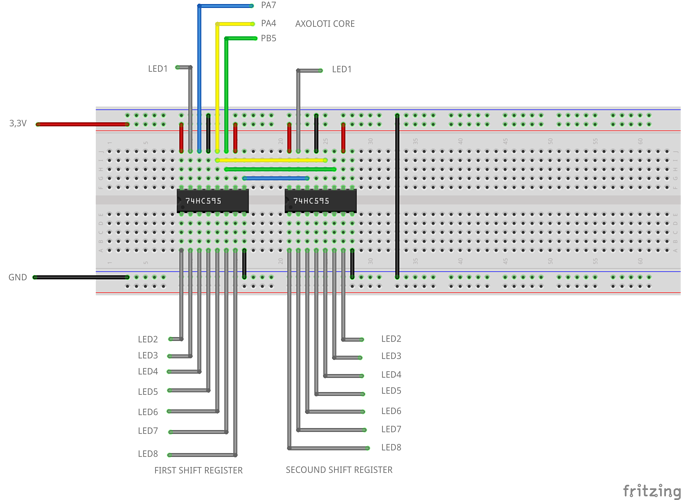
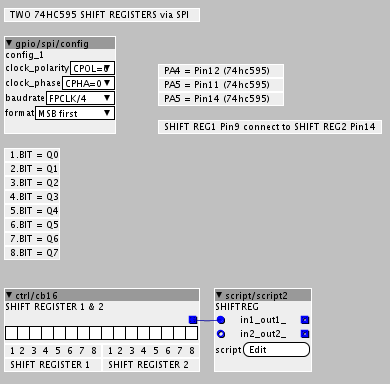
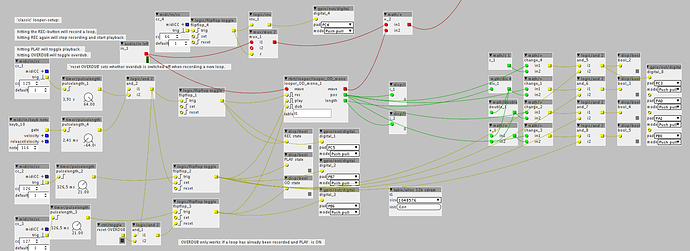
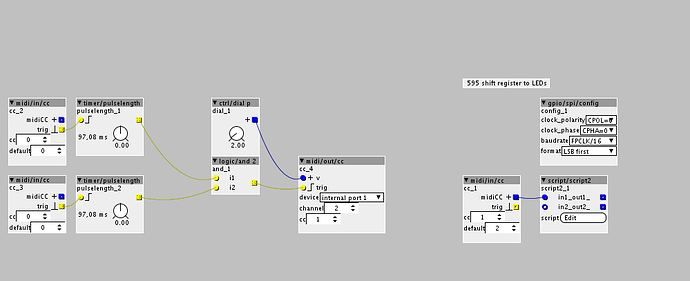
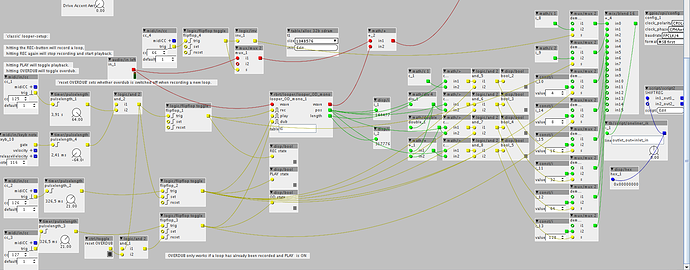
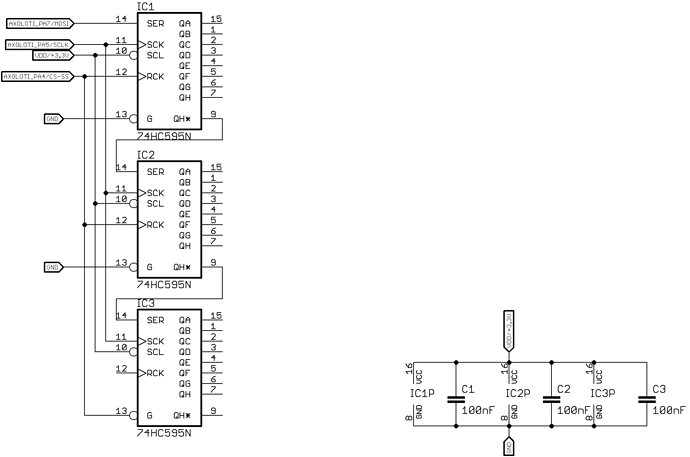
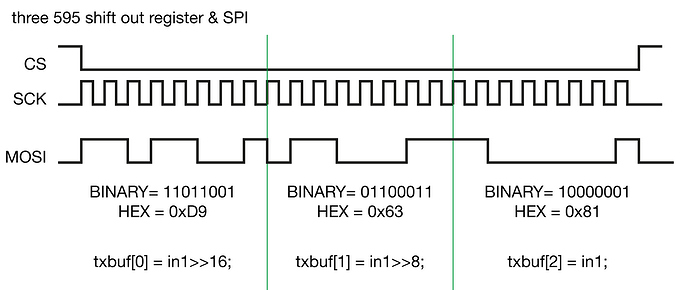



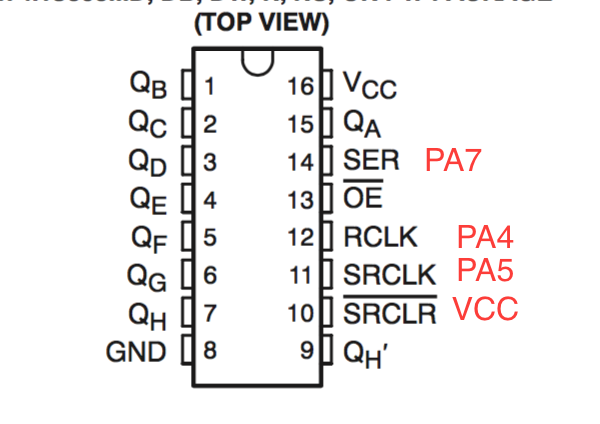 ?
?